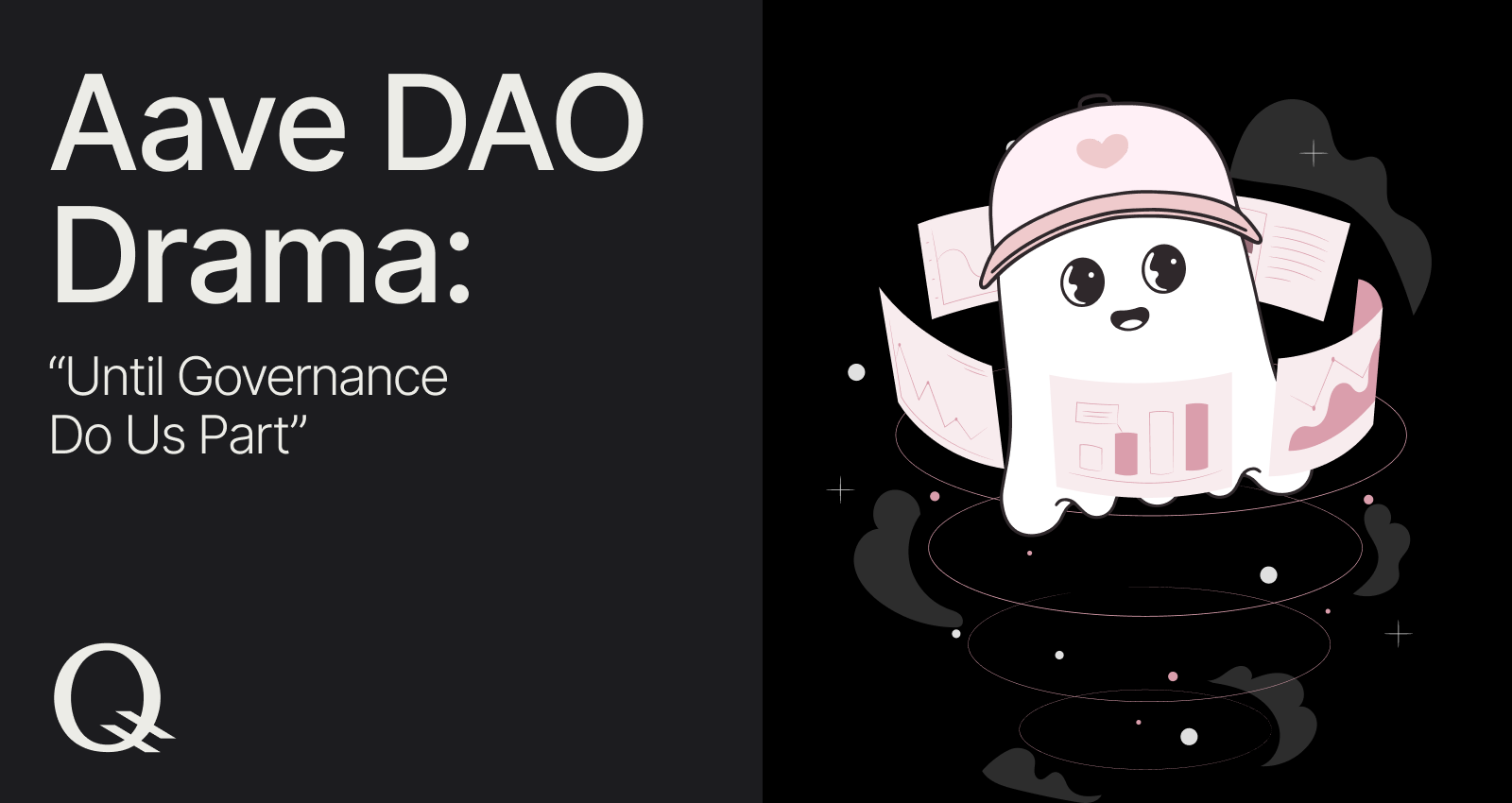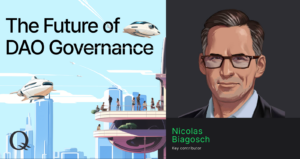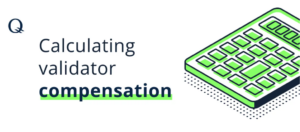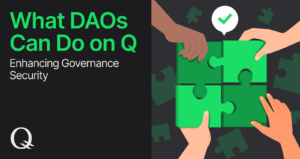For many blockchain enthusiasts, crypto isn’t just a gamble. It’s a lifestyle, a relationship, and an embodiment of their personal life paradigm. The journey typically looks like this: one joins a community and funds the DAO to become one of the decision-makers. But once he or she enters this equal, decentralized governance, it resembles a marriage, for better or worse.
I invite you to explore DAOs through the perspective of the Adizes Corporate Lifecycle, a concept developed by Dr. Ichak Adizes. It’s fascinating how he draws comparisons between organizations and families, providing insightful lessons.
1. Courtship with Aave (ETHLend in the past)
I first happened to know Aave when they were called ETHLend. ICOs were sprawling, and most of us in the community used spray-and-pray tactics for the initial investment strategy. The idea of lending your crypto to earn interest seemed sound, and that’s exactly what ETHLend was offering during their ICO with a goal to set up decentralized p2p lending. I was all in.

Credits: X.com
Aave had a long journey ahead before finding product market fit. The Adizes Corporate Lifecycle outlines the typical stages organizations traverse as they evolve and grow. It starts with Courtship, marked by excitement and creativity. Early stage retail and institutional investors help the project move through the Infancy stage (helping it survive) and fuel the Go-Go stage when a rapid expansion occurs.

Credits: Adizes Institute
Adolescence brings stability and maturity, leading to Prime, the peak of success. Eventually, organizations enter The Fall, facing the need to adapt. Only few industry leaders like Apple or Binance maintain their Prime positions for years.
Aristocracy follows, characterized by rigidity and bureaucracy, heading to Recrimination, the decline phase. Finally, the pre-death experience of the organization is Bureaucracy for the sake of bureaucracy when there is only form left, no internal value or meaning.

Credits: X.com
DAOs often deviate from this path due to industry dynamics, leadership, and external conditions, sometimes skipping or repeating stages.
They may transition directly from Go-Go to Aristocracy due to rapid growth attracting bad actors or internal conflicts. It is often caused by a “founder trap,” a “normal issue,” according to Adizes, when the wheel of an organization steers in the wrong direction. This was the case for Aave. Caused by a risky governance setup, which damaged the long-term development of the project.
2. Go-Go-Grow, Aave!
Founded by Stani Kulechov in November 2017 in London, the company expanded to Switzerland. Kulechov, a law student in Helsinki, chose the name “Aave,” or “ghost” in Finnish, symbolizing the protocol’s ability to facilitate secure and anonymous loans.
Governance was on the list, too.

Credits: Aave Discord
During the bear market of 2018 and 2019, the project lost momentum and faced challenges like low liquidity and slow matching processes. However, the team seized this opportunity to revamp the concept, relaunching it as Aave in early 2020. This transition introduced peer-to-contract protocols, allowing direct interaction between borrowers and lenders via smart contracts.

Credits: X.com
As part of the roadmap, the project officially transitioned from LEND to Aave tokens the same year, offering holders the option to convert their tokens 100 to 1. I was among the lucky winners in this altcoin lottery. My guess for a niche application of DeFi was that it had a multi-thousand-fold return. The AAVE token had applications beyond pure speculation.

Credits: X.com

Credits: X.com
This, of course, had its implications. Since you came here for the governance dramas, let’s turn to a notable discussion about governance on X.

Credits: X.com
People responded in (un)surprising ways: from tracking the Messari Governor project to summarizing all of the proposals to ignoring it at all.


3. Aave: The Drama Unfolds
Questions regarding DAO governance at Aave began to arise. Community got concerned with frozen tokens or potential risks. Which is just another day in a web3 environment (insert the “All is fine” meme). However, the criticism of those in charge became more evident.

Credits: Reddit
Credits: X.com


Credits: X.com

Credits: Aave
Gauntlet, a leading blockchain risk management firm, had parted ways with Aave after a four-year partnership due to “challenges with the protocol’s DAO governance.” Serving as a “Risk Steward,” Gauntlet oversaw risk levels for Aave, which holds $11 billion in locked assets and operates through its Aave DAO, where AAVE token holders govern key decisions. The decision sparked debate within the Aave community, emphasizing the complexities of decentralized governance in the DeFi landscape.
In a post in the Aave forum, Gauntlet co-founder John Morrow said his firm was terminating its relationship with the lender because his team “found it difficult to navigate the inconsistent guidelines and unwritten objectives” of Aave’s “largest stakeholders.”
4. The Aftermath
In Adizes’ language, Aave entered the Adolescence stage but had to “divorce” with some of its key partners. Aave’s former CTO Ernesto Boado said he was “disappointed about the trust that the Aave DAO put on Gauntlet being broken in the middle of the engagement,” and an X user Togbe assumed that Gauntlet simply “quit before being fired.”
While we cannot possibly know the entire context (please do follow up with us on this story to facilitate a deeper #governance discussion), it is evident that DAO governance has a high risk of contributing to aristocracy, which is never good for an organization in the long term. Forget about stability, let alone reaching and staying in its prime.

Credits: X.com
5. An Alternative Path
However, there is also the optimal path when an organization understands its own limitations at each stage and embraces it with the help of right advisers and actions. This includes laying a solid foundation for governance, something that the team behind Q protocol has been preaching about.
Imagine a world where instant security upgrades for projects are the norm, eliminating risks and catalyzing innovation. With the Shared Governance Security on an EVM-compatible Layer 1 blockchain, the Q Protocol unlocks the potential for groundbreaking applications in Web3.
Governance isn’t just about rules; it’s the key to value creation. In Web3, where decisions shape the future, projects with robust governance systems will not only survive but flourish. For governance shouldn’t be a hurdle; it should be seamless and adaptable, ensuring sustainable growth and success in the decentralized landscape.

Credits: X.com






Leave a Reply